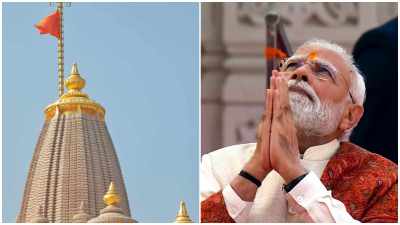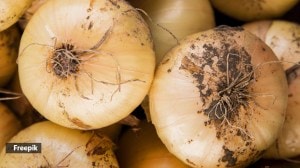Battle of debit cards heats up as firms scramble for customers
NEW YORK, APR 10: The Hero of MasterCard International's first regional advertising campaign for its Maestro debit card - the grinning TV...

NEW YORK, APR 10: The Hero of MasterCard International’s first regional advertising campaign for its Maestro debit card – the grinning TV cartoon figure Maestro Man – swipes his card and taps his personal ID number into an electronic card-reader to pay for groceries. No need to visit the automated teller machine first, the ad suggests, and no fumbling for change. The campaign is set to appear in Indonesia in coming weeks and will roll out to Malaysia and elsewhere in Asia soon afterward.
The Maestro Man campaign is one of the latest moves in the rivalry between MasterCard and Visa International, the two largest and best-known debit-card marketers in the region. Visa, which has marketed its Interlink debit card in Asia since 1994, is now planning to introduce its more widely accepted Electron-brand debit card to the region within weeks.
The battle for debit-card customers is getting intense. Industry executives estimate less than 10% of consumers in the region quality for a credit card. Fallout from therecession, such as layoffs and stagnant wages, is keeping that figure stagnant. By contrast, anyone with a checking account can qualify for a debit card, which deducts money from the account when the customer makes purchase. Region-wide, including India and China, as many as 25% of consumers have checking account, with the level as high as 63% in Singapore and 65% in Hong Kong, executives estimate.
Credit Cards have been available in Asia for decades, but debit cards are a newer and faster-growing business. Visa, for instance, estimates the number of Visa credit cards issued in Asia will grow by about 10% a year. By contrast, Visa’s debit cards, launched in the region five years ago, are expected to grow by half this year, from 31 million now, and by an additional third in 2000.
"Consumers want to use plastic to pay for goods and services, but they don’t have credit for credit cards," says Jeff Portelli, a MasterCard vice president. "There’s pent-up demand,". As with credit cards, merchants run debitcards through an electronic reader; customers then either key in an ID number or sign on an electronic pad to complete the purchase. Because debit cards are tied to money already in consumers’ bank accounts, they can help shoppers control spending. "For people who overspend, I think it helps," says Helena Young, a financial consultant at Allen Perkins Group in Hong Kong.
Unlike the Interlink card, which is usable only in pockets of Asia and the U.S., Visa’s Elecgtron product is usable throughout Asia, Australia and the West.
To plug Electron, Visa in January started sending window decals and and other display materials to thousands of retailers, restaurants and other business hooked to the Electron network in Asia. Visa also plans to promote Electron to audiences it hasn’t previously targeted,s such as to college students, according to Doug Lawson, Visa’s director for deposit-access products.
The Company Also plans to launch a region-wide print and TV ad campaign for Electron. Besides telling consumersthey can use the Electron card around the world, ads will also use the tag line "Add power to your ATM card" to push the notion that the product serves as both in ATM card and a debit card.
Meanwhile MasterCard, which has signed up about 40 million Maestro customers in Asia since launching its card in the region in late 1993, is also projecting a rapid rise in new customers. Its goal: to have about 90 million Maestro customers in Asia by 2001. Besides rolling out the new Maestro Man campaign, MasteCard is finding other ways to dress up its cards, says Mr. Portelli. Over Chinese New Year, the company offered its first "limited edition" card, Marketed as the Maestro "Hong Bao" or "red-envelope" card, it was decorated with the Chinese character for a rabbit and carried a bonus value of US$20. Another spin on card packaging that Mr Portelli hopes will take off: the "pre-paid" debit card, which lets customers pre-set the amount of money the card can pull from their bank.



- 01
- 02
- 03
- 04
- 05




























